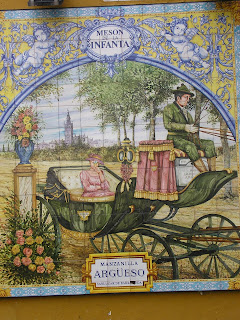Seeking Happiness - Engaging in Life

I have been thinking about my father when he was in his 50s like me, wondering how much I resemble him and whether my struggles with abandoned dreams and self doubt parallel his. Then I read a friend’s blog about her craptacular year so I was in a receptive mood for an essay by Tim Kreider about humanity’s elusive search for happiness. He questions what we are really looking for. “Maybe we mistakenly think we want ‘happiness,’ which we tend to picture in very vague, soft-focus terms, when what we really crave is the harder-edged intensity of experience.” Certainly some of my clearest memories are not of “happy” moments. I wasn’t happy as I confronted complications following major surgery, but I was certainly fully alive. And I’m fully alive when I’m on holidays in a foreign country. Everything is new and unfamiliar; I can’t take anything for granted. Whether it’s sitting quietly watching pelicans flying low over the toppling waves in Nicaragua or getting lost in the sun-baked, cobble...




